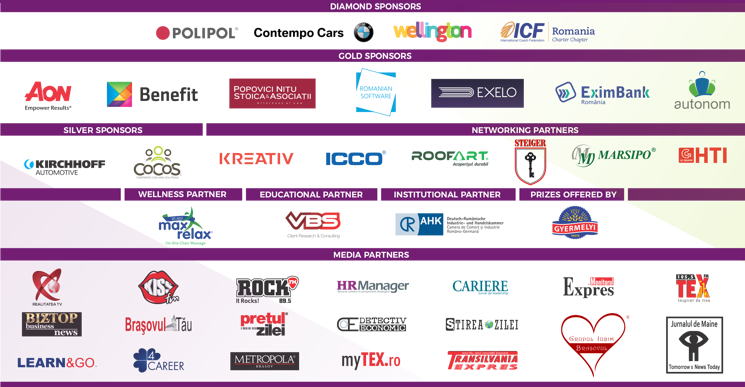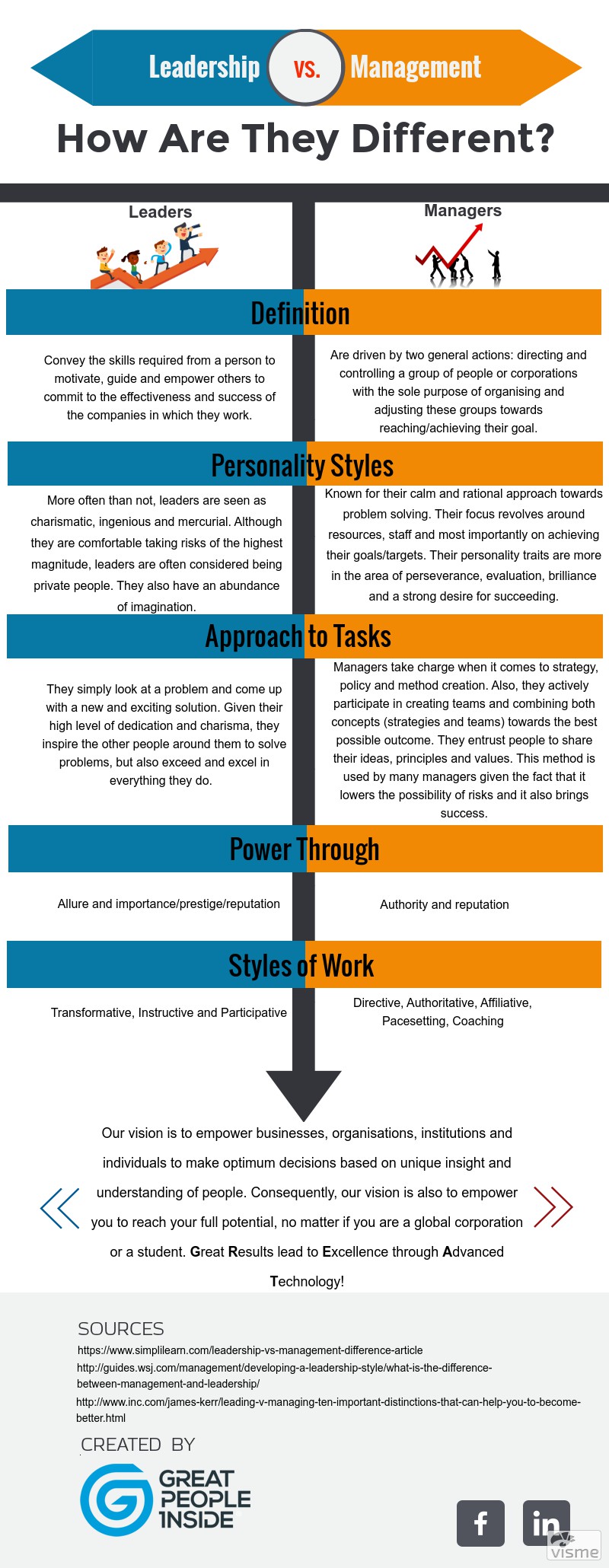Work-Life Balance for Parents: Is it Achievable?
Work-life balance has become an obsession for everyone nowadays. There are numerous articles, research papers and self-help books that are offering people advice on how to begin or develop a better balance between their personal and work lives. Unfortunately, the advice given in these reading materials are generally focused on the idea of making changes on individual levels, team expectations in relation to your job attributes or even organisational contexts that affect you only.
In a research paper published recently by Human Relations, they have discovered that our very own upbringing can have a powerful influence on our career and life decisions. Subconsciously, we learn and mirror our parents’ behaviour in terms of work-life balance. The research conducted by Human Relations had 148 in-depth interviews with around 80 parents working in London for law and accounting companies. An equal number of men and women were interviewed with ages ranging from 30 to 50 years old and with positions in middle or upper management roles. In the case of male participants in the study, the majority of them had a stay-at-home wife, but in the case of female participants, this wasn’t the case at all. It is also important to know that most of the participants were coming from middle-class families who were typically formed from a stay-at-home mother and a working father.
The principles and ideas they share are in a direct correlation with the deeply ingrained routines and ideas coming straight from their parents.
Replicating the Parental Model
The majority of male participants have been reported to have a work-life balance similar to the family they grew up in. Like their fathers before them, these men are the sole breadwinners in their household. This has made them internalise the work ethic and has ended with them working very long hours. As mentioned above this effect was stronger for men, due to the fact that both men and women in the study have designated the same-sex parent as their role-model.
Given the fact that these people have seen their parents working hard throughout their childhood and adolescence, their professional careers were inclined to follow in the same footsteps. Although they were able to rationalise and acknowledge the fact that their compulsive work ethic had negative effects on their personal lives it was very difficult for them to change their behaviour both on and off work. Even remotely trying to act divergently, this ‘pre-disposition’ continued to be seen in their actions.
Breaking Off the Parental Model
Worryingly enough, there are fewer cases in which participants have said that they have rejected their parents’ work-life balance. In most cases, this was an intentional act of breaking the ‘status-quo’, but there were a few cases in which participants wanted to distance themselves from their parents’ model even though they wanted to follow up in their footsteps.
Like every human being on this planet, some participants have started to question the influence their parents have had on them, after pondering on failures, regrets or traumatic experiences they might have picked up along their adult life (i.e. a close friend or relative getting sick). After such an experience, participants had a tendency to overhaul their entire schedule and refuse to no longer work weekends or even leaving their employer and finding themselves an environment with a more manageable schedule.
In the case of women, there were two groups that were identified as serious in their significance: women who wanted to be more close to their families because they had workaholic mothers and women who wanted to be more actively involved in the workforce due to their regret-filled stay-at-home mothers.
Parents who actually manage to achieve a rewarding work-life balance do not designate all their time and effort into making their children happy. Interestingly enough, these parents strive on raising children with a strong sense of responsibility who will eventually grow into respectable and responsible adults. These are the parents who ask their kids to help around the house by giving them chores. They establish a clear set of consequences if the kids do not follow through with their tasks. By enabling their children to value hard work and also, this being of quintessential importance, experience disappointment, their personal development will be more easily done.
Neglecting Themselves
Adults often forget about taking care of themselves. This statement is even truer when you’re a parent. It may very well be a cliché, but more often than not clichés are true so it is pretty clear that if you don’t take care of yourself, you won’t be able to help the closest people to you. Sometimes it may seem near impossible to have some well-deserved ‘me time’, especially if your schedule throughout the day has left you overtired or stretched to the very last drop of energy.
There are a few successful parents in the study that have discovered that taking care of themselves offers them the best chance at being efficient and productive over long periods of time. Relaxation and sleep may be essential, but exercise plays a decisive role nowadays. Physical activity not only improves overall health levels, but it is the key towards finding the right balance between work and family time.
Post-Work Guilt
Somewhat surprising, many parents wouldn’t want to be working full-time, but unfortunately, the current economic and social climate doesn’t offer the possibility of one to stay home or even work part-time. 44% of working mothers have reported they would be thrilled about the idea of working part-time. As mentioned above, this would not be financially feasible. Parents who succeed in today’s working environment have ridden themselves of guilt over the fact that they are working full-time. They feel there is no point in wasting time and energy over-thinking this problem. Coming up with the best plan for their scenario seems like the next best thing (i.e. working flexible hours, full-time job with kids somehow has to work).
Great People Inside provides easy-to-use tools and processes to attract, assess, match, select, onboard, manage, develop, benchmark and maintain workforces anywhere in the world.
Finding the right talent, the best fit for the job and your organisation can be a very challenging task. It requires deep knowledge of your own organisation’s culture and a keen understanding of the candidate’s personality, strengths, interests, work style and other characteristics. Our technology and solutions will do the work for you, helping you find employees who can flourish and reach the highest performance required to constantly bring your company forward.
Request a free demo:
Sources:
https://www.inc.com/amy-morin/the-5-things-successful-parents-give-up-to-reach-a-work-life-balance.html
https://www.forbes.com/sites/amymorin/2014/01/20/the-five-things-successful-working-parents-give-up-to-reach-a-work-life-balance/#59e263a157ea
https://hbr.org/2017/10/your-feelings-about-work-life-balance-are-shaped-by-what-you-saw-your-parents-do







